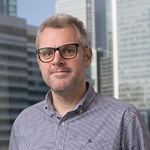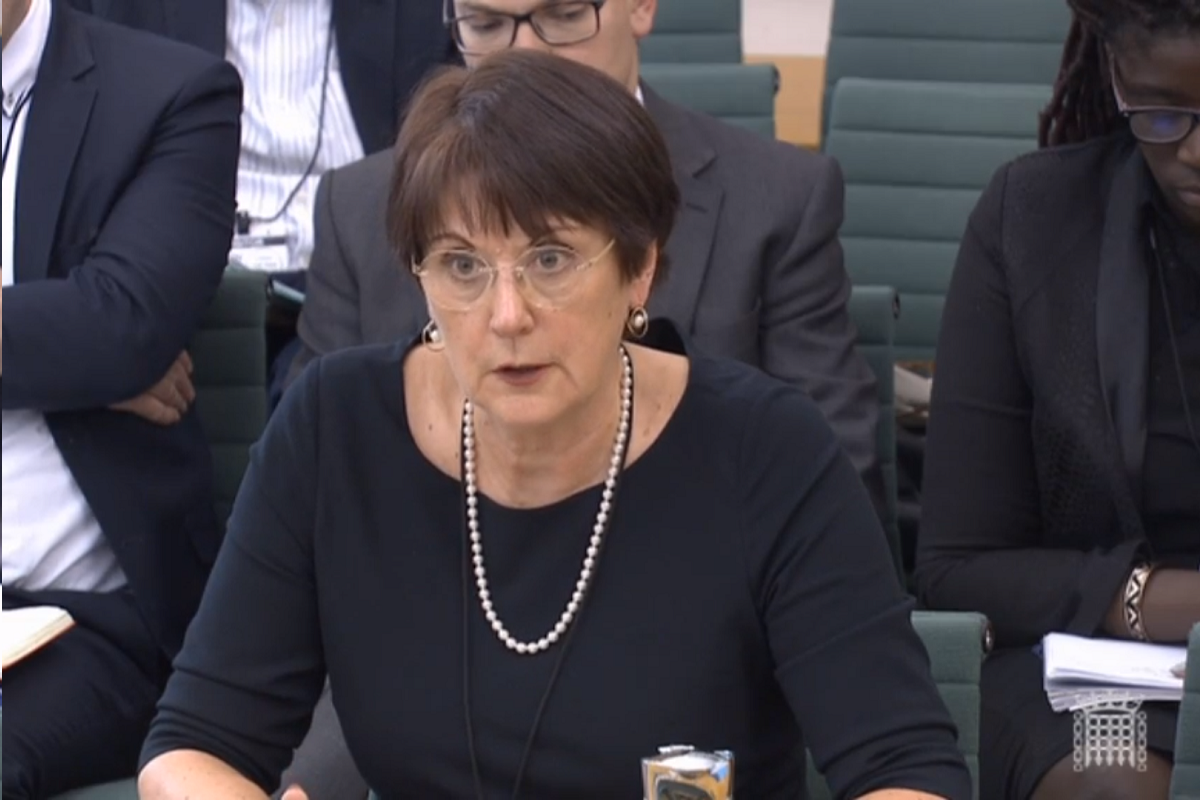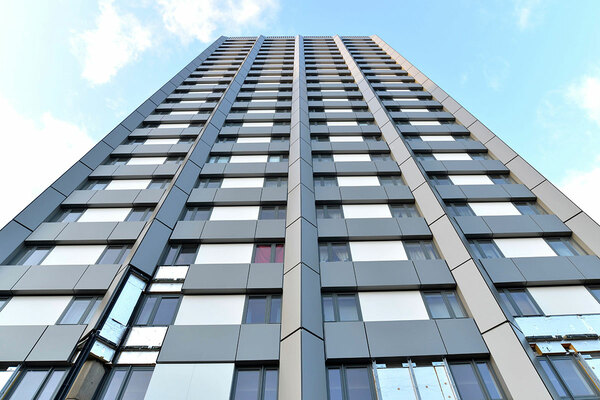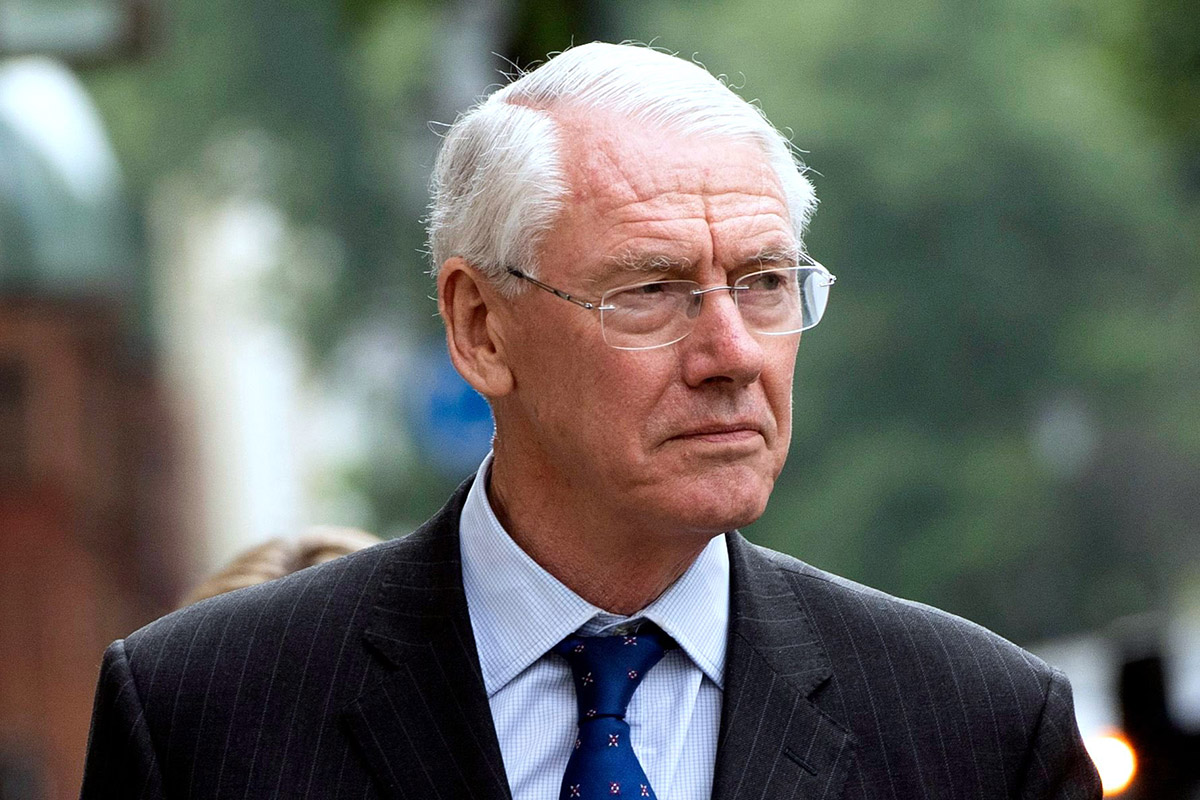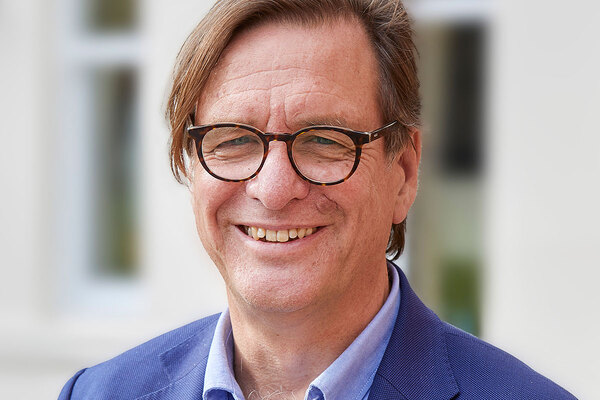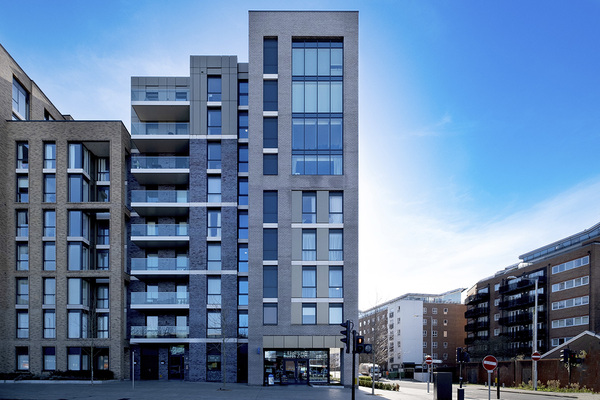You are viewing 1 of your 1 free articles
The depressing finger-pointing at the Grenfell Tower Inquiry is a vindication for Hackitt
Phase two of the Grenfell Tower Inquiry kicked-off this week with a lack of self-reflection and a rush of accusations. In truth, it illustrated why Dame Judith Hackitt was right to rip up the status quo and why landlords must help to overhaul the system, says Martin Hilditch
With a depressing inevitability, the second phase of the Grenfell Tower Inquiry opened this week with a plethora of finger-pointing and a dearth of self-reflection.
It was a sorry start to a process that will run for at least the next 18 months and by its end give us a much clearer picture of the causes of the disaster and the circumstances that enabled the fire to spread so catastrophically (as a reminder, the first phase of the inquiry concentrated on what took place on the night). The best that can be said about the week so far is that some of the organisations concerned have helped to shed more light on the events because they have done such an effective job of investigating other firms involved in the refurbishment.
We examine the leaked emails and the aforementioned blame game in some detail elsewhere in Inside Housing this week, so I won’t dwell further on that here.
There is undoubtedly a long way to go and there will be more revelations over the coming months that will help the inquiry reach its conclusion about the causes. But what this week makes crystal clear is the importance of wider systemic change and more clearly defined lines of accountability.
Clearly in the run up to Grenfell we had a system that makes it far too easy for organisations to shout “J’accuse” while sauntering away from the area.
In the wider world, many housing providers are currently struggling to make sense of their changing operating environment and new ways of working in a post-Hackitt Review world.
For example, many are currently struggling to work out exactly how the new building safety manager role will operate. As a reminder, the government wants landlords to hire building safety managers who will ensure that buildings are safely maintained and managed on a day-to-day basis. It’s a role with wide-ranging responsibilities and landlords are currently grappling with what the roles could and should look like – and whether there are enough individuals with the appropriate skills to fill them on the scale required.
At a maintenance conference last week, I asked for a show of hands among audience members who thought they knew exactly how the role would work in their own organisations and not a single hand was raised in response.
Elsewhere, social landlords are looking at a variety of different ways to fulfil the government’s demand for a “golden thread” of building information to be created, maintained and held digitally to ensure that the original design intent and any subsequent changes to the building are captured, preserved and used to support safety improvements.
There is much heavy lifting to be done before workable new systems are in place. But social landlords have the opportunity and responsibility to help build a safer future – one with much clearer lines of responsibility. The mud-slinging this week reinforced why Dame Judith Hackitt got it right and that the overhaul is long overdue.
Martin Hilditch, editor, Inside Housing
